Spring Bouquet Viburnum – 3 Gallon Pot
$69.97 Original price was: $69.97.$48.98Current price is: $48.98.
SKU: D2LSC 9046865924 Categories: SHRUBS & BUSHES, Snowball Bushes
- 7 days return and exchange
- 100% Quality Satisfaction
- Shop with Confidence
- No Compromise on Quality

Spring Bouquet Viburnum
Viburnum tinus ‘Spring Bouquet’
Plant Details
USDA Plant Hardiness Zones: 7a-11 Find Your Zone
Plant Type: Deciduous Flowering Shrub/Tree
Height at Maturity: 5-6′
Width at Maturity: 3-4′
Spacing: 3′ for solid hedge; 7’+ for space between plants
Growth Habit / Form: Upright, Compact
Growth Rate: Moderate
Flower Color: Deep Pink buds open to White flowers
Flower Size: Small, in 3 to 4″ clusters
Flowering Period: Late Winter to Early Spring
Flower Type: Single
Fragrant Flowers: Yes
Foliage Color: Deep Green
Fragrant Foliage: No
Berries: Yes, Blue
Sun Needs: Full to Mostly Sun, Morning Sun With Afternoon Shade, Morning Shade with Afternoon Sun
Water Needs: Average
Soil Type: Clay, Loam, Sandy, Silty
Soil Moisture / Drainage: Moist But Well Drained
Soil pH: 5.5 – 6.5 (Acid to Slightly Acid)
Maintenance / Care: Low
Attracts: Visual Attention
Resistances: Deer, Disease, Heat, Insect
Description
Both beautiful and handsome, and tough, ‘Spring Bouquet’ Viburnum provides year round appeal in the landscape. In late winter bouquets of deep pink buds that appear as jewels open to honey-scented white star-shaped flowers that stand out beautifully against the background of thick, deep green, evergreen leaves. The flowers are followed by metallic blue berries for the birds enjoyment in summer and fall. This evergreen shrub won’t leave your landscape barren in winter and don’t be surprised if small birds choose it for nesting come spring. Very easy to grow, we’ve seen no serious pest or disease problems and deer haven’t touched it in our gardens.
Landscape & Garden Uses
Growing 5 to 6 feet tall and 3 to 4 feet wide, the Spring Bouquet Viburnum is ideal for use as a colorful evergreen accent, grouping, or hedge in sunny to partially shaded landscape and woodland borders as well as home foundation plantings. A fine addition to a flowering shrub border, cut flower gardens, white theme gardens, cottage gardens, fragrance gardens, and wildlife gardens.
Growing Preferences
Spring Bouquet Viburnum is very easy to grow in most any moist but well-drained soil of average fertility and full sun to part shade. We suggest 5 hours or more of direct sunlight for best flowering and overall performance. As with so many other ornamental plants, it does not like constantly soggy or wet conditions. Deer haven’t touched it in our gardens. Prune as needed immediately after flowering. We’ve seen no serious pest or disease problems and deer haven’t touched it in our gardens.
Note: For our customers who live and garden north of USDA Plant Hardiness Zone 7a, where this Viburnum variety is not reliably winter hardy, you’ll be happy to know it can be grown in containers that can be brought indoors during winter and placed back outside when temperatures warm up in spring.
Helpful Articles
Click on the link below to find helpful advice from our experts on how to plant and care for Viburnums.
How To Plant And Care For Viburnum Plants
Plant Long & Prosper!
Meet The Wilson Brothers & Staff
Questions? Contact Us
I have several viburnums in my gardens but this one is new to me. I can’t wait until it gets some size on it. Received a great plant and this shipping was very quick.————————————————-We are so glad you are pleased with your purchase! Thanks for the kind words and great review! Beth | WBG 🙂
Be the first to review “Spring Bouquet Viburnum – 3 Gallon Pot” Cancel reply
Related products
New
New
New
SHRUBS & BUSHES
New
New
New
SHRUBS & BUSHES
New
New
SHRUBS & BUSHES









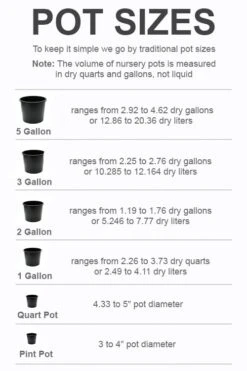






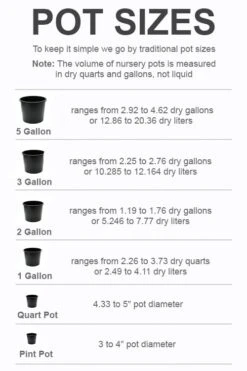


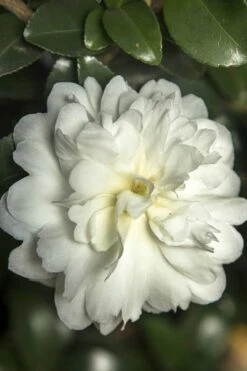
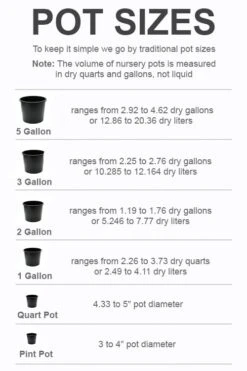


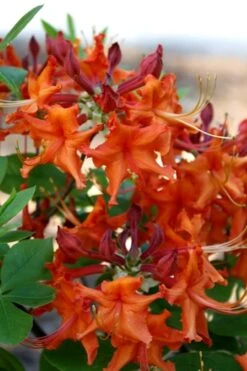

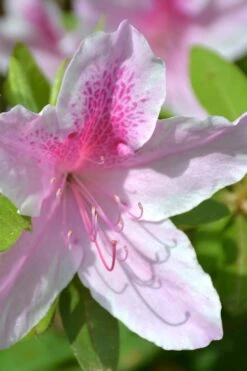



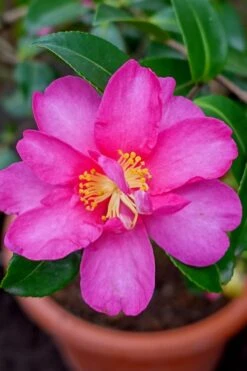
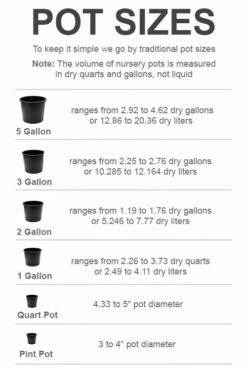
Reviews
There are no reviews yet.